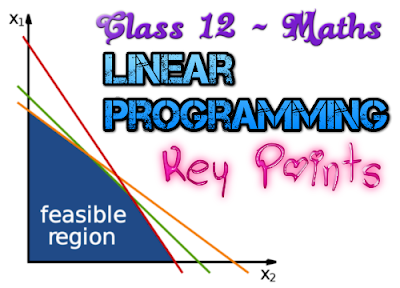Weavers, Iron Smelters and Factory Owners
NCERT Solutions
Class 8 Social Science - Chapter 7
Question 1: What kinds of cloth had a large market in Europe?
Answer: Cotton and silk textiles had a huge market in Europe. Indian textiles were by far the most popular, both for their fine quality and exquisite craftsmanship. Different varieties of Indian textiles were sold in the Western markets; for example, chintz, cossaes or khassa, bandanna and jamdani. From the 1680's, there started a craze for printed Indian cotton textiles in England and Europe, mainly for their exquisite floral designs, fine texture and relative cheapness. Rich people of England including the Queen herself wore clothes of Indian fabric.
Question 2: What is jamdani ?
Answer: Jamdani is a fine muslin on which decorative motifs are woven on the loom, typically in grey and white. Often a mixture of cotton and gold thread is used. The most important centres of jamdani weaving were Dacca in Bengal and Lucknow in the United Provinces.
Question 3: What is bandanna?
Answer: 'Bandanna' refers to brightly coloured and printed scarf for the neck or head. Originally referring to the hindi word, "bandhna" which means tying, it is a type of cloth produced through a method of tying and dying.
Question 4: Who are the Agarias?
Answer: The Agarias are an Indian community of iron smelters. In the late nineteenth century, after a series of famines, a lot of Agarias deserted their villages and never worked as smelters again.









